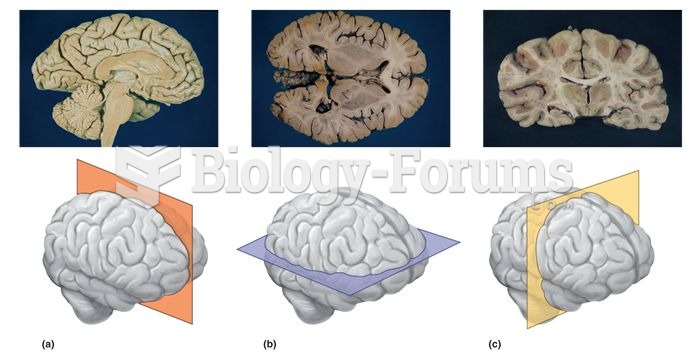Answer to Question 1
Sample response:
In the United States and many other industrialized countries, the number of C-section births has been steadily rising over the past ten years or so, but the number of natural childbirth complications has not. In 2009, the U.S. cesarean birth rate reached its highest point in history, accounting for 33 percent of all births, which represents a 60 percent increase since 1996. Nearly one quarter of C-sections are not medically necessary, but are voluntarily chosen by the pregnant women. Why so many C-sections? Various possible reasons are discussed in the birthing literature: (1) More mothers are choosing to have C-sections, (2) doctors are more willing to recommend them due to fears of malpractice litigation if any problems arise from a potentially complicated vaginal birth, (3) the average age at which women give birth has risen significantly, increasing the possibility for complications that may lead to cesarean births, and (4) C-section births are approximately twice a profitable for the hospital than uncomplicated vaginal births.
Answer to Question 2
Sample response:
At the onset of labor, called stage one labor, contractions begin as the cells of the uterus, now the largest muscle in the mother's body, contract in sequence along its length, pulling and straightening the uterus and pushing the fetus down toward the cervix. At this point, the cervical canal is beginning to dilate (become larger in diameter) and efface (become thinner). During the beginning of stage one labor, the cervix is about 1 to 2 inches dilated, and as stage one labor continues, it will continue to dilate to approximately 10 centimeters or about 4 inches.
Stage two labor leads to the birth of the baby. Contractions begin to involve the muscles of the abdomen as well as the uterus itself. The mother has somewhat more control over these contractions, and many women report that this sense of control seems to reduce the amount of pain they perceive. At this point, the woman will feel a great deal of abdominal pressure as her body is working to deliver her baby.
In stage three labor, within a few minutes following the completed birth of the infant, the placenta (which has joined the fetus and mother throughout pregnancy) is expelled from the uterus with the umbilical cord attached.








